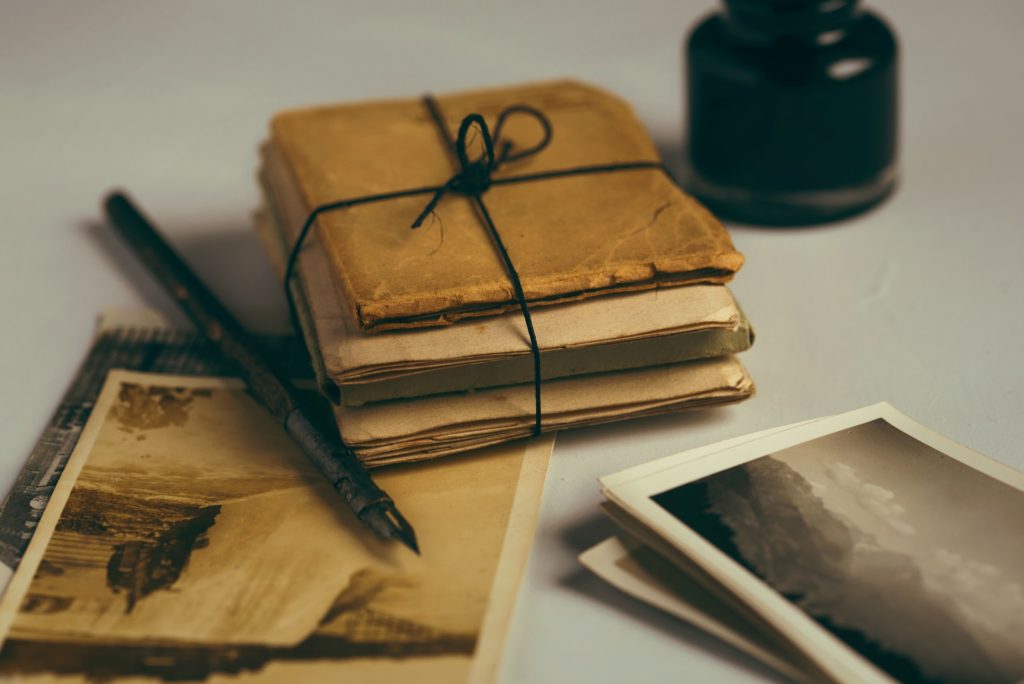Cover photo: Joanna Kosinska on Unsplash
Today’s Focus of Attention is reader-supported. We sometimes include products we think are useful for our readers. If you buy through links on this page, we may earn a small commission.
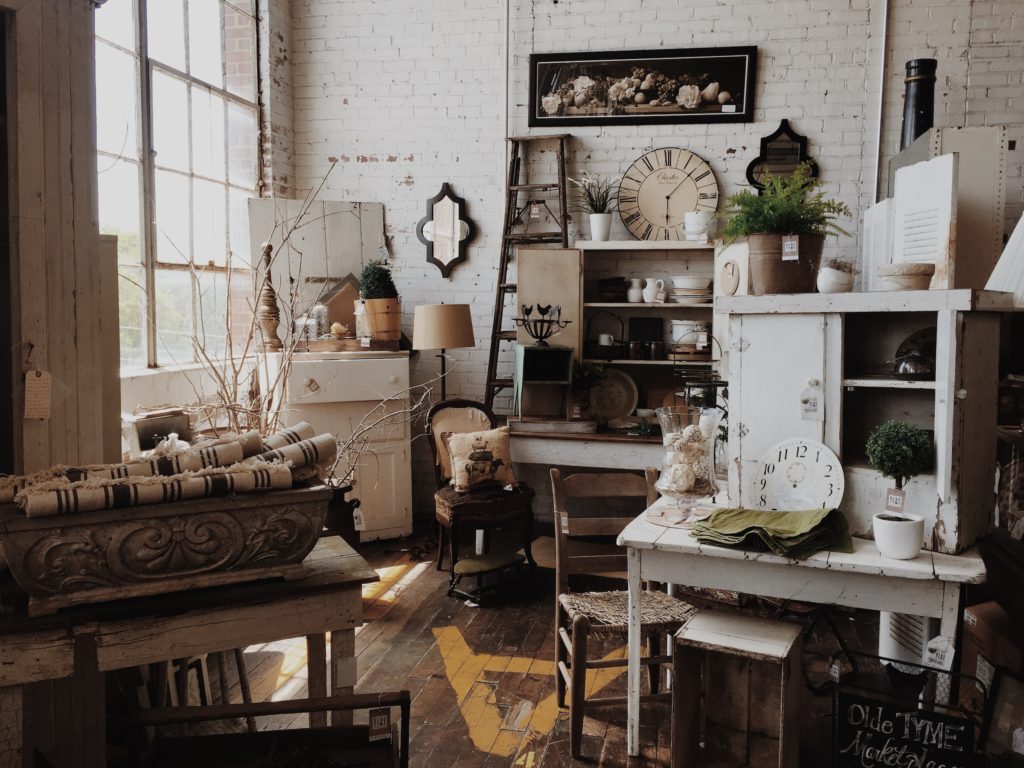
We often take for granted the objects that make up our everyday lives. From toothbrushes to pencils, from gas stoves to toilets, from silverware to toothpaste, many of the things we use daily have a rich and fascinating past.
Several of these items were developed over centuries of trial and error, while others evolved from primitive versions to their contemporary counterparts.
For example, toothpaste has been around since the early Egyptians, while pencils and pens date back to the 16th century. Toilets, on the other hand, started in the 17th century and have since been improved with modern mechanisms.
This article takes a trip through the past of these everyday things, giving interesting insights into human history and how technology has evolved over time.
Toothbrush
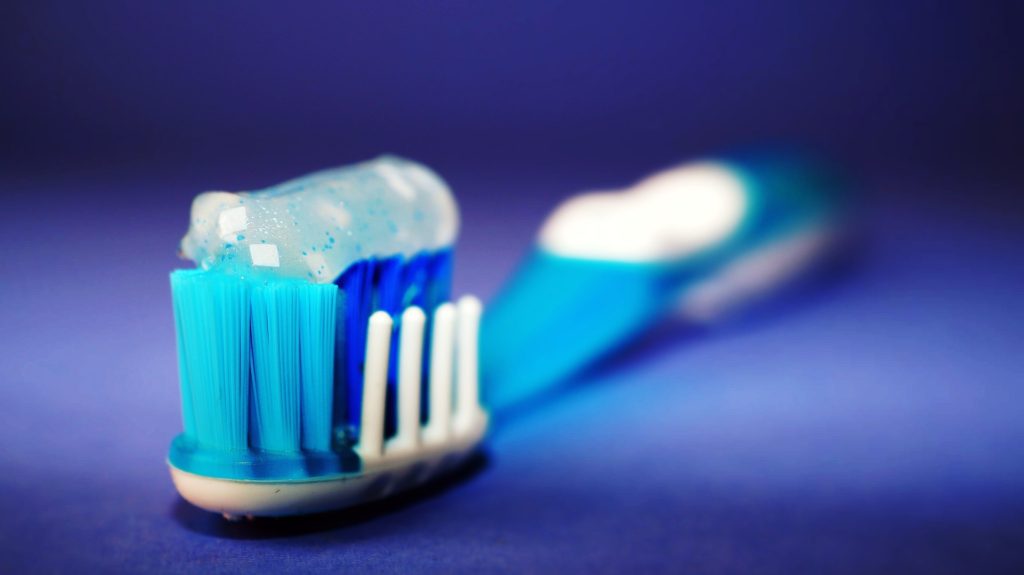
Toothbrushes are important for oral health and can be bought just about anywhere these days. But it wasn’t always that way, and they didn’t always look the same.
For thousands of years, people from all over the world have been cleaning their teeth. The first known are the ancient Egyptians, around 5,000 BC, who are believed to have rubbed their choppers with powders made of eggshells and ox hooves.

For the same purpose, the Romans used sticks with frayed ends and the Greeks, for their part, employed rough clothes. On the opposite side of the world, the Chinese adopted coarse animal hairs to make toothbrushes out of bamboo or ivory.
Historians think that travellers in the Middle Ages brought toothbrushes from China to Europe, where those tools began to use hog bristles to clean the Europeans teeth.
But it wasn’t until 1780 that an English entrepreneur called William Addis came up with the first toothbrush, which was then massively produced.
Addis, a rebel, a rioter if you will, spent a while in prison. There, he thought about how to improve the way people cleaned their teeth (it was with crushed shell and soot with a cloth).
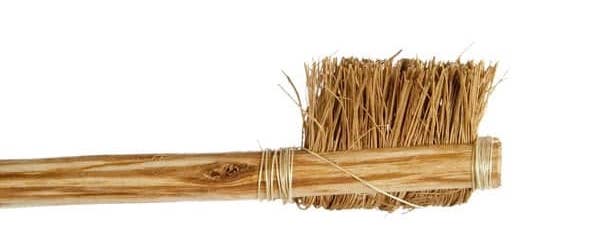
He then took a small bone from his previous dinner, drilled a few holes in it, got a few swine bristles from a guard, tied them into tufts, put the bristles through the holes in the bone, and sealed with glue.
After he got out of prison, William Addis set out his toothbrush business and became filthy rich. Not bad for a time in jail.

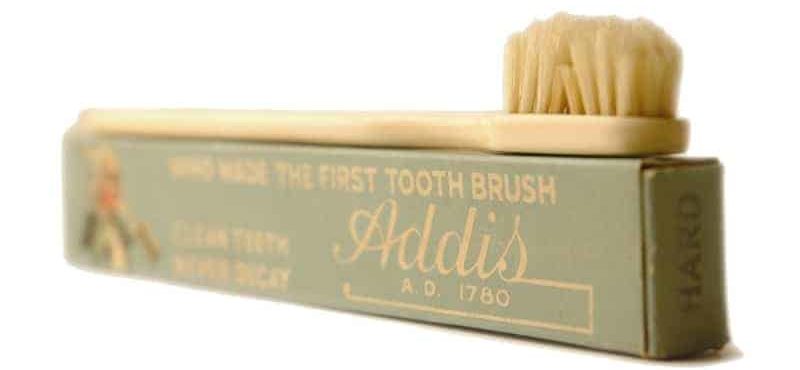
On the other side of the pond, H.N. Wadsworth patented the first toothbrush with Siberian boar bristles and a wooden handle in 1857.
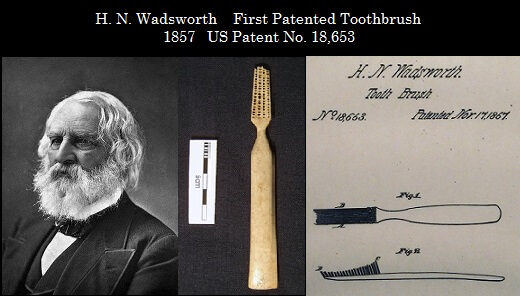
Sadly, animal bristles were not the best material since they let bacteria grow, were normally wet, and kept falling.
The 20th century gave way to new technologies. In 1938, DuPont chemist Wallace Carothers invented the first nylon-bristled toothbrush, which became very popular. Handles also changed, with thermoplastic materials being the most common.
In the 1950s, electric toothbrushes came out. The first one, called the “Broxodent”, was created in Switzerland in 1954.

In 1977, Johnson and Johnson launched “Reach”, a tool with an angled head devised to reach the back teeth.
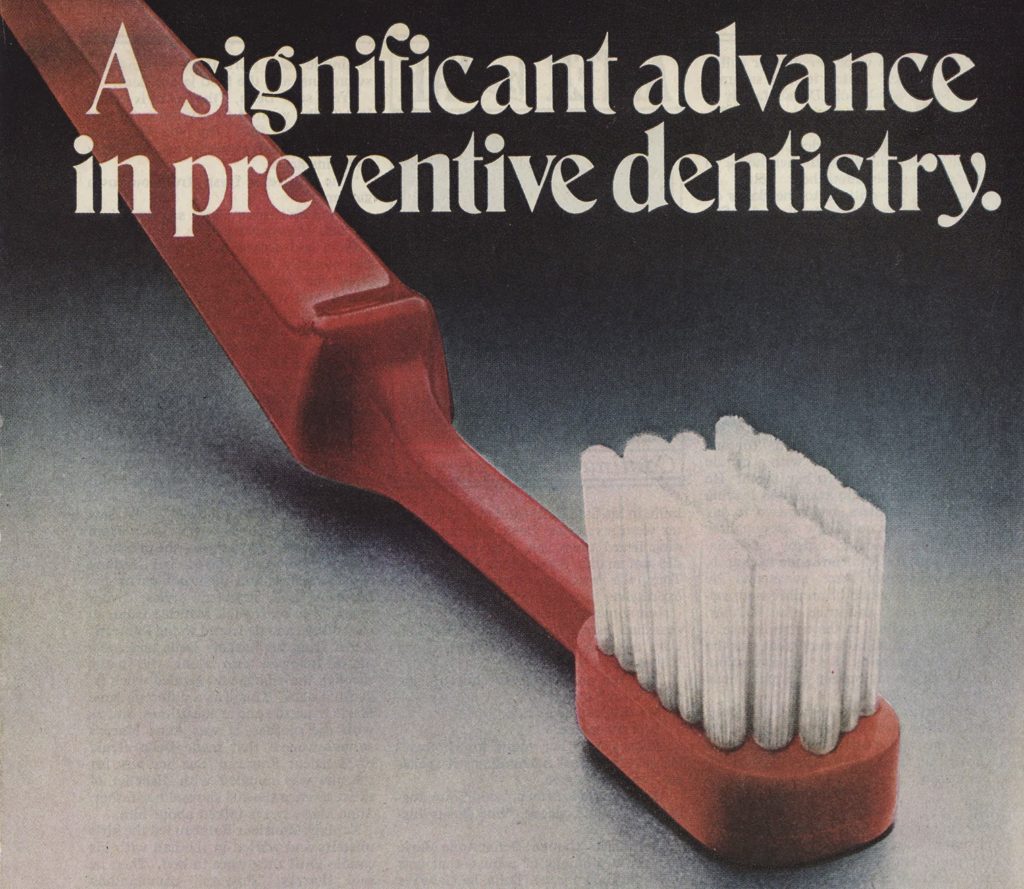
A year later, Dr George C. Collis developed the “Collis Curve”, a toothbrush with curved bristles that fitted the shape of the teeth, making it easy to clean between them as well as in the sulcular areas.
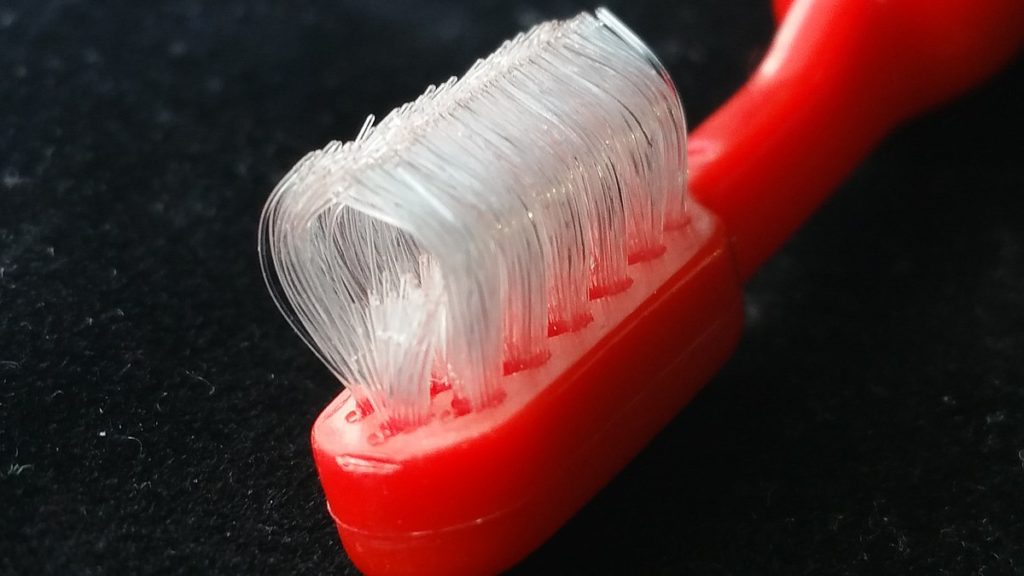
Nowadays, different types of toothbrushes flood the market in a wide variety of sizes and shapes, from manual to electric. However, the design has changed little since the times of the Egyptians. They all have a head, a handle, and bristles.
Toothpaste
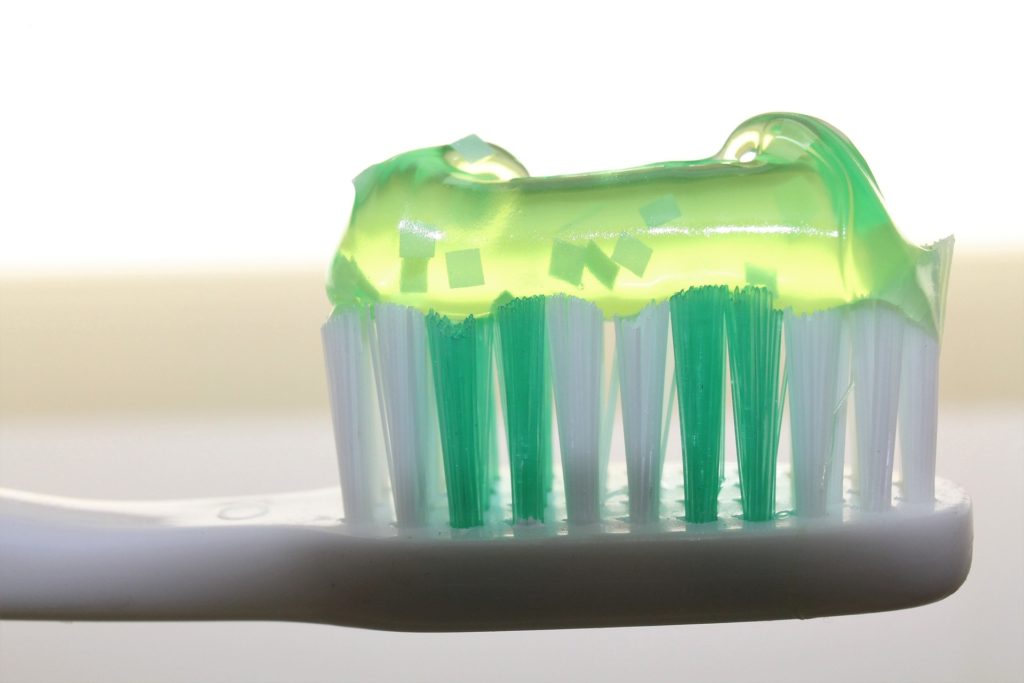
Egyptians were at the forefront of oral health. Around 5,000 BC, they used paste to clean their teeth, just like we do today.
In 500 BC, other cultures, including the Greeks and Romans, as well as people in India and China, were known to use toothpaste for teeth and gums cleaning, whiten teeth, and freshen breath.

But the ingredients in the paste were highly abrasive and not hygienic – pumice, ox hooves’ ashes, and burnt eggshells.
It was different in China. While the Greeks and Romans chose crushed bones, oyster shells, charcoal, and tree bark, the Chinese used ginseng, herbal mints, and salt,
In the 1850s, dentifrices had chalk or soap in it.
It took many centuries for toothpaste to become what we know today.
Colgate, a pioneer in the production of toothpaste, began making the product in jars in 1873, and in the 1890s introduced the toothpaste in a tube, like the one we use now.
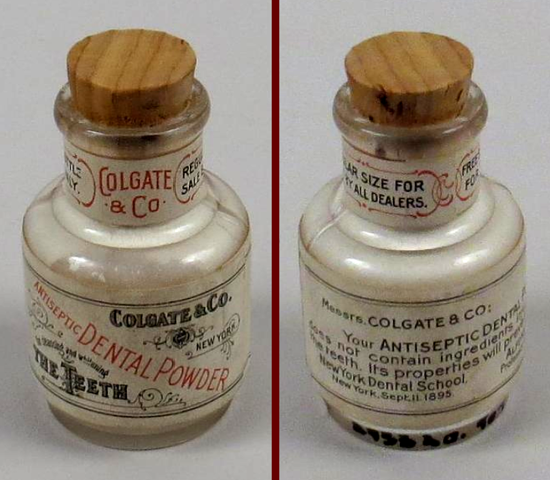
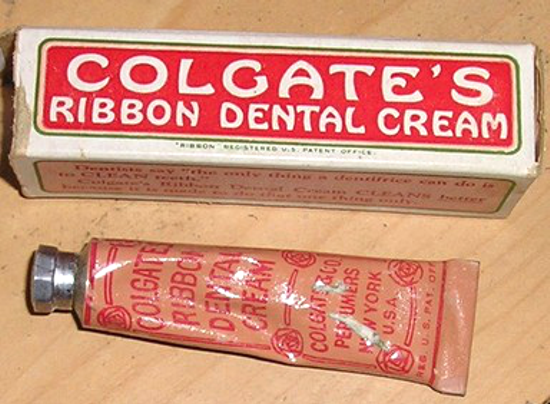
Since 1945, a different combination of ingredients has been used to replace soap in toothpaste, resulting in a smoother paste.
Thanks to improvements in dental research during the late twentieth century, manufacturers have created modern toothpastes to tackle conditions such as tooth sensitivity and decay.
Today, toothpaste typically has fluoride, colouring, flavouring, sweeteners, and other components to keep it smooth, bubbly, and moist.
Nowadays, they are designed to clean, freshen breath, and help with oral hygiene.
Pencils
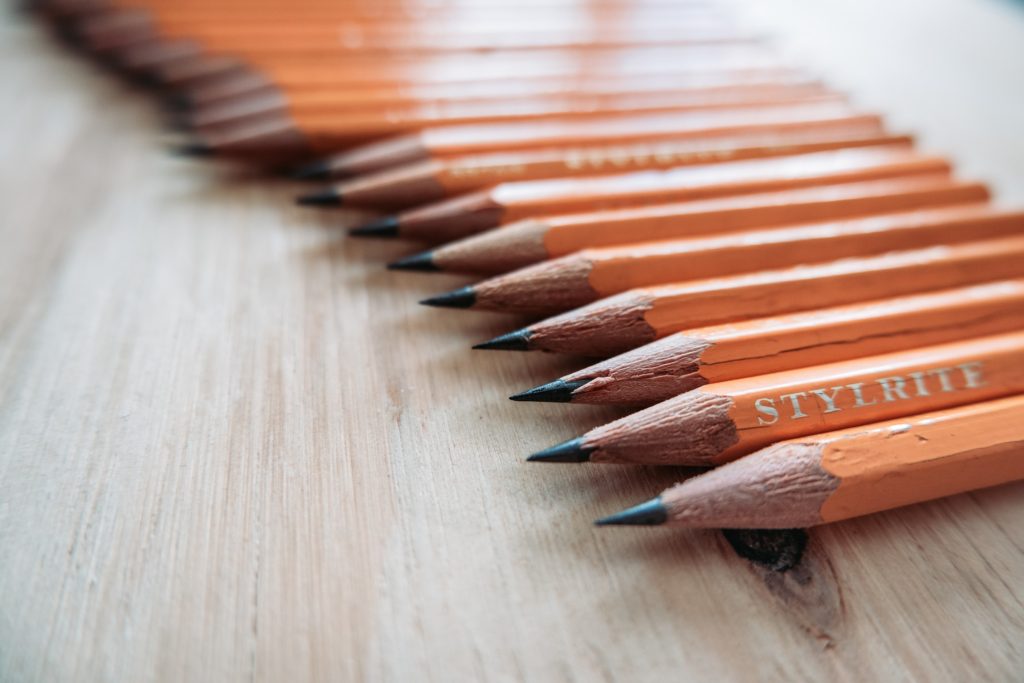
Are you aware that the pencils of today owe themselves to the old Roman writing tool, the stylus? Scribes used this thin metal rod to leave a faint, yet legible mark on papyrus (an ancient form of paper).
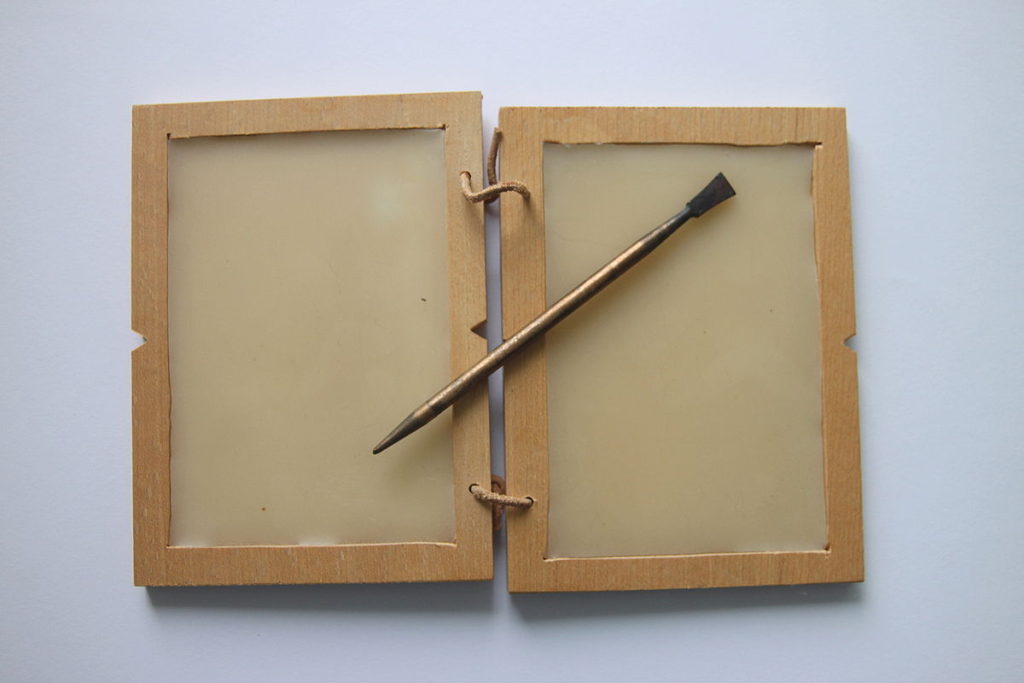
Many centuries later, Simonio and Lyndiana Bernacotti invented the first wooden pencil.
When a huge graphite stockpile was found in Borrowdale, England, in 1564, its use became common because it left a darker impression than lead, which was used to take notes, but its softness and frailty made it difficult to handle without a holder.
Initially, graphite rods were bound with strings. After that, the graphite was placed in hollowed-out wooden sticks, thus forming the wood-cased pencil.
Nicolas-Jacques Conté, a French inventor working for Napoleon Bonaparte, invented what is considered the modern pencil in 1795, using graphite as the writing material.
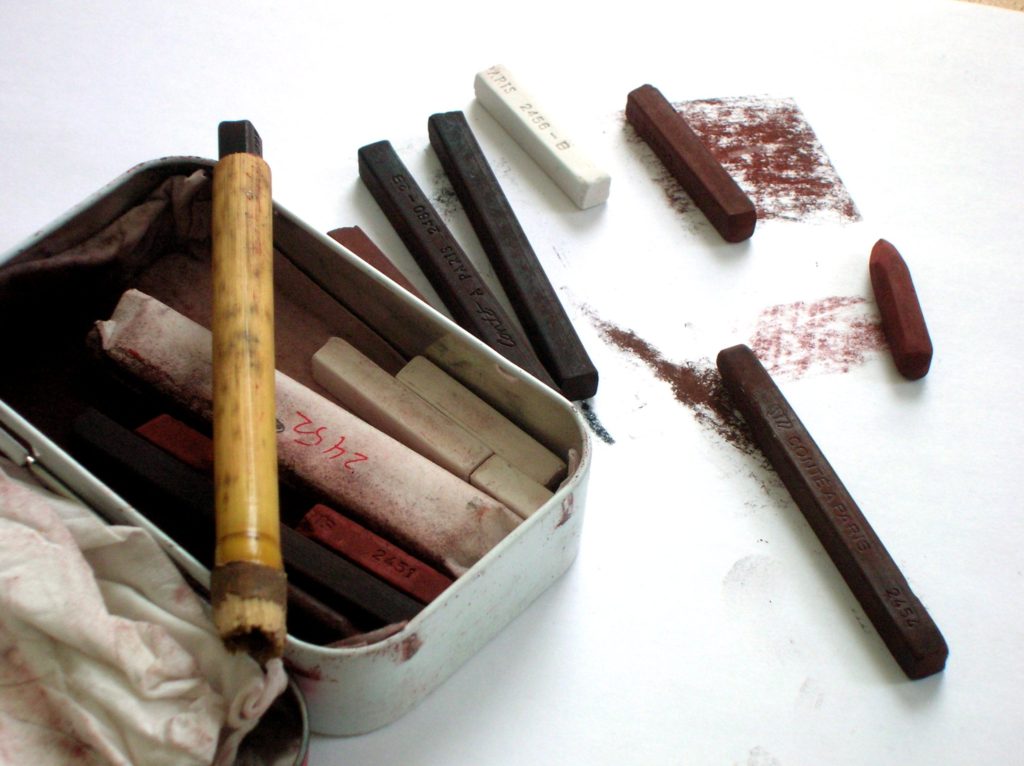
Nuremberg, Germany holds the honour of being the cradle of the earliest mass-produced pencils, beginning in 1662.
The 19th century industrial revolution led to the development of a thriving pencil industry, made possible by companies such as Faber-Castell (created in 1761), Lyra (1806), Staedtler (1670s), and others. The reign of pencils had begun.
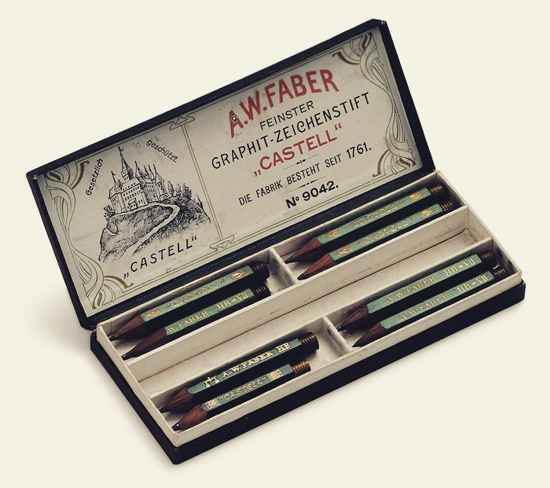
America was a different story.
Back then, colonists had to rely on pencils sourced from overseas until the war with England put an end to the imports. William Monroe, a carpenter from Concord, Massachusetts, is regarded for producing the first American wooden pencils in 1812. Another Concord citizen, the renowned author Henry David Thoreau, was also known for his pencil-making skill.
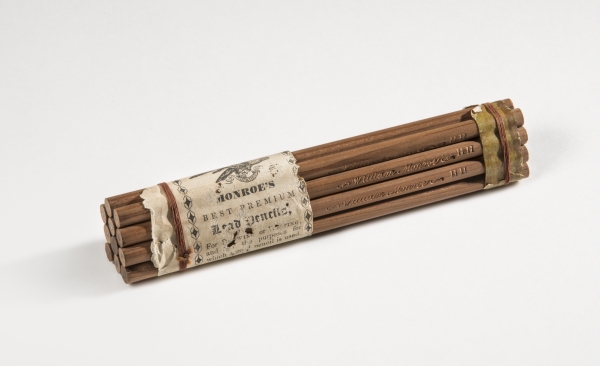
The burgeoning American pencil industry kick-started when The Joseph Dixon Crucible Company (now Dixon Ticonderoga) and other businesses got in on the action, and New York and New Jersey housed German pencil-makers like Faber-Castell, Eberhard Faber, Eagle Pencil Company (later Berol) and General Pencil Company towards the end of the nineteenth century.
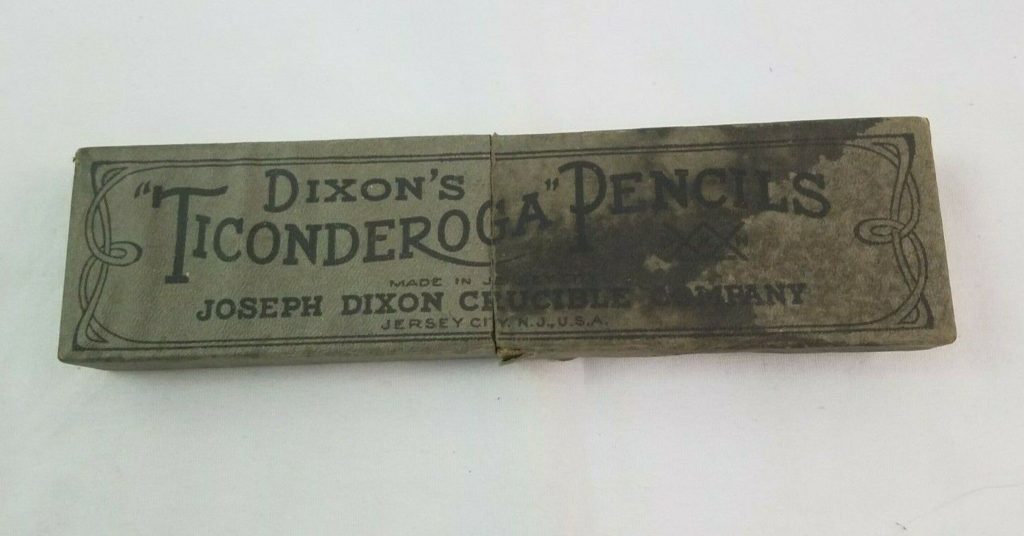

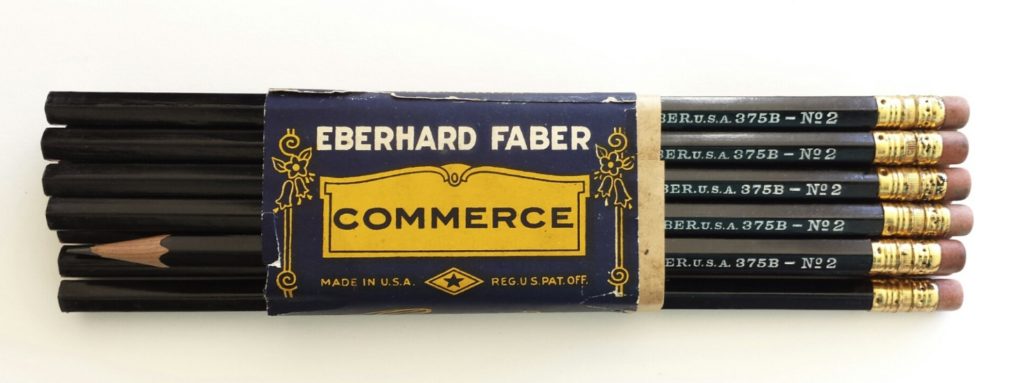
In the late 1800s, natural and unpainted pencils were the first mass-produced pencils. But, by the 1890s, many manufacturers started painting and imprinting their products with brand names, making them easier to find, thereby increasing sales.
This is the world’s oldest pencil
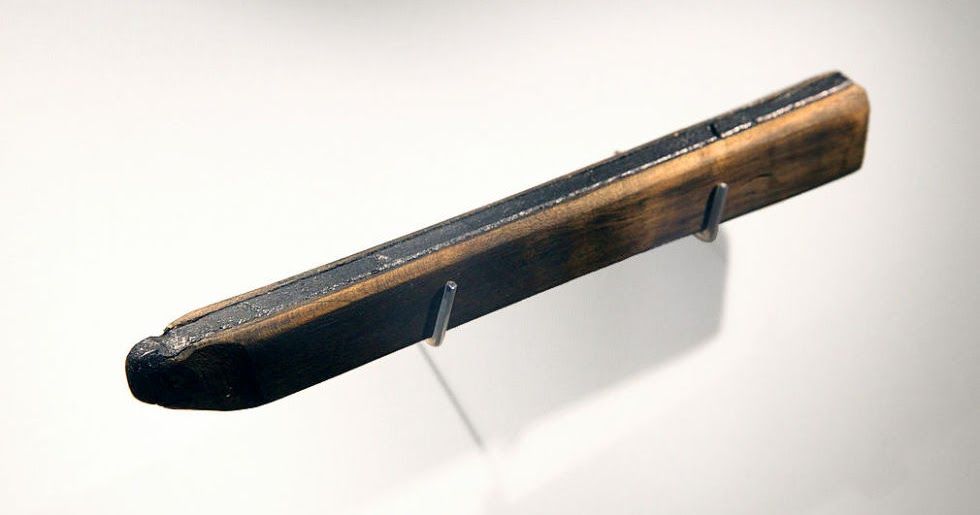
This crafted pencil was unknown to the world until discovered in the 1960s during the renovation of a house built in 1630. It is assumed that carpenters forgot the pencil while working on the property and had been hidden away in the attic for centuries.
Now it owns the title of the oldest pencil on Earth, living in the Faber-Castell archives.
Pens – mightier than the sword
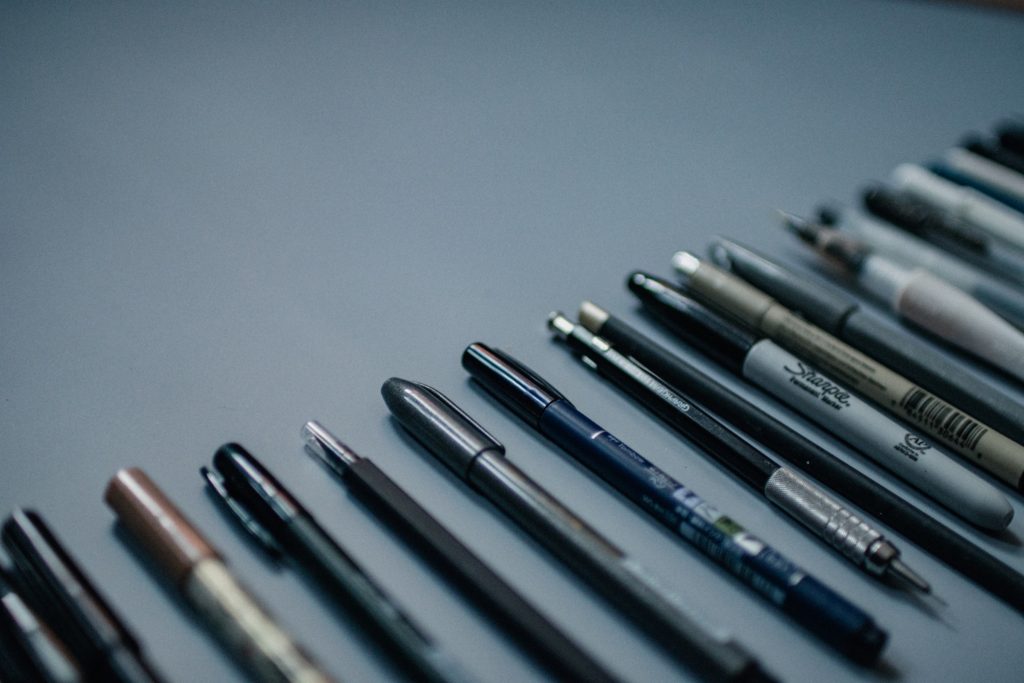
Pens are common today. We carry them with us in our pockets, backpacks, in the car, and we use them to take notes, write post-its, sign documents, even to write phone numbers on our hands if somehow we cannot do it on our smartphones. As with pencils, they can be bought almost anywhere.
But around 3,000 BC, the Egyptians had neither paper nor pens. They used reeds to write and draw on tablets of papyrus.
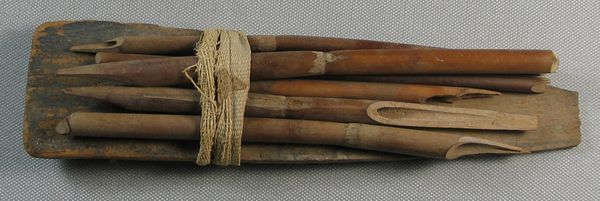
Reed brushes saw their demise many centuries later when feathers of large birds proved more efficient in writing on parchments, replacement of papyrus. It remained that way for countless generations.
The quill pen continued being the preferred method of writing. Even the Constitution of the United States, 1787, was written and signed with quills.
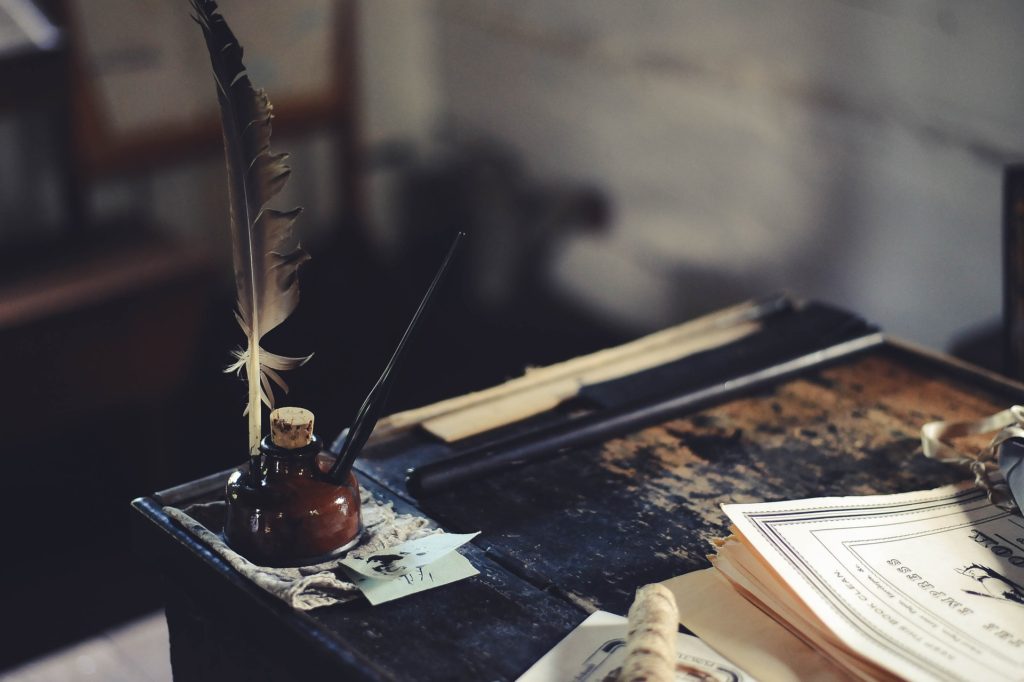
The 19th century opened the doors for metal pens with John Mitchell mass-producing them with metallic points in 1822, making them immensely popular.
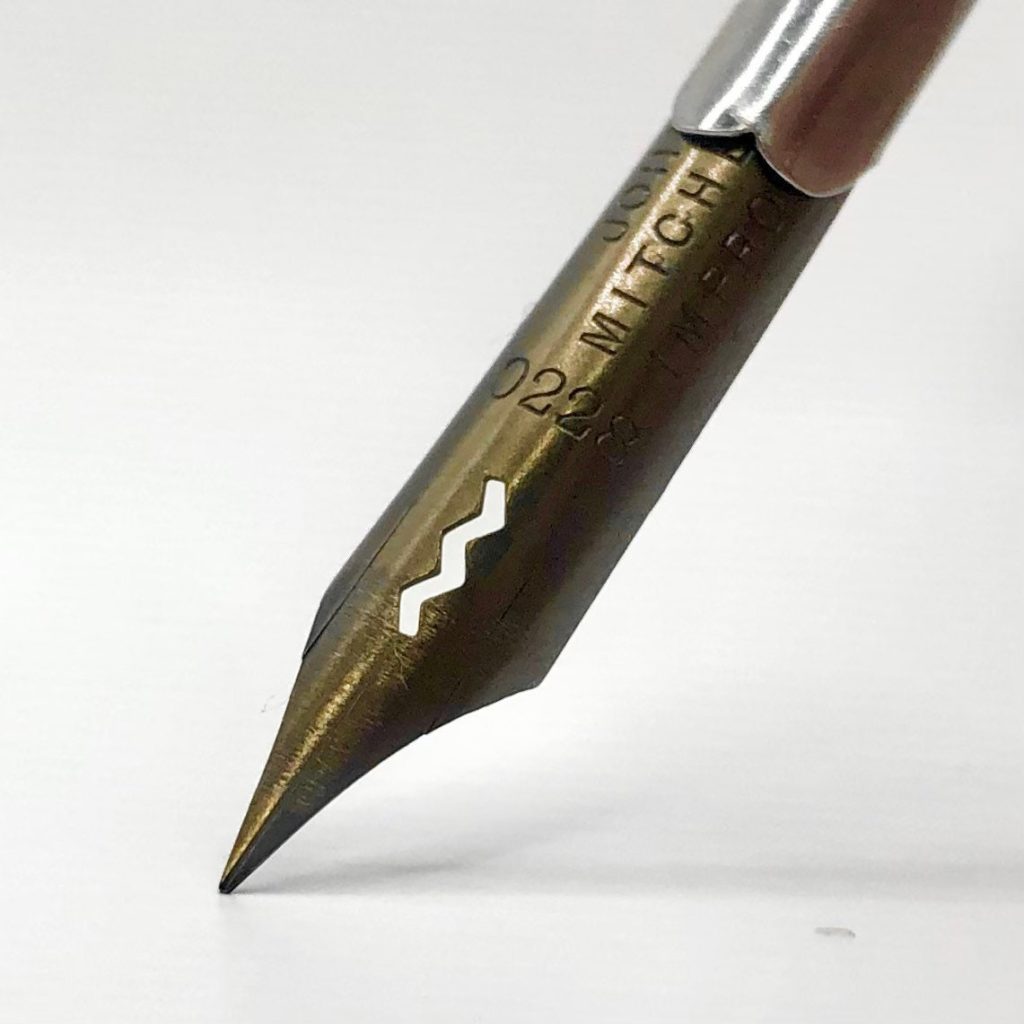
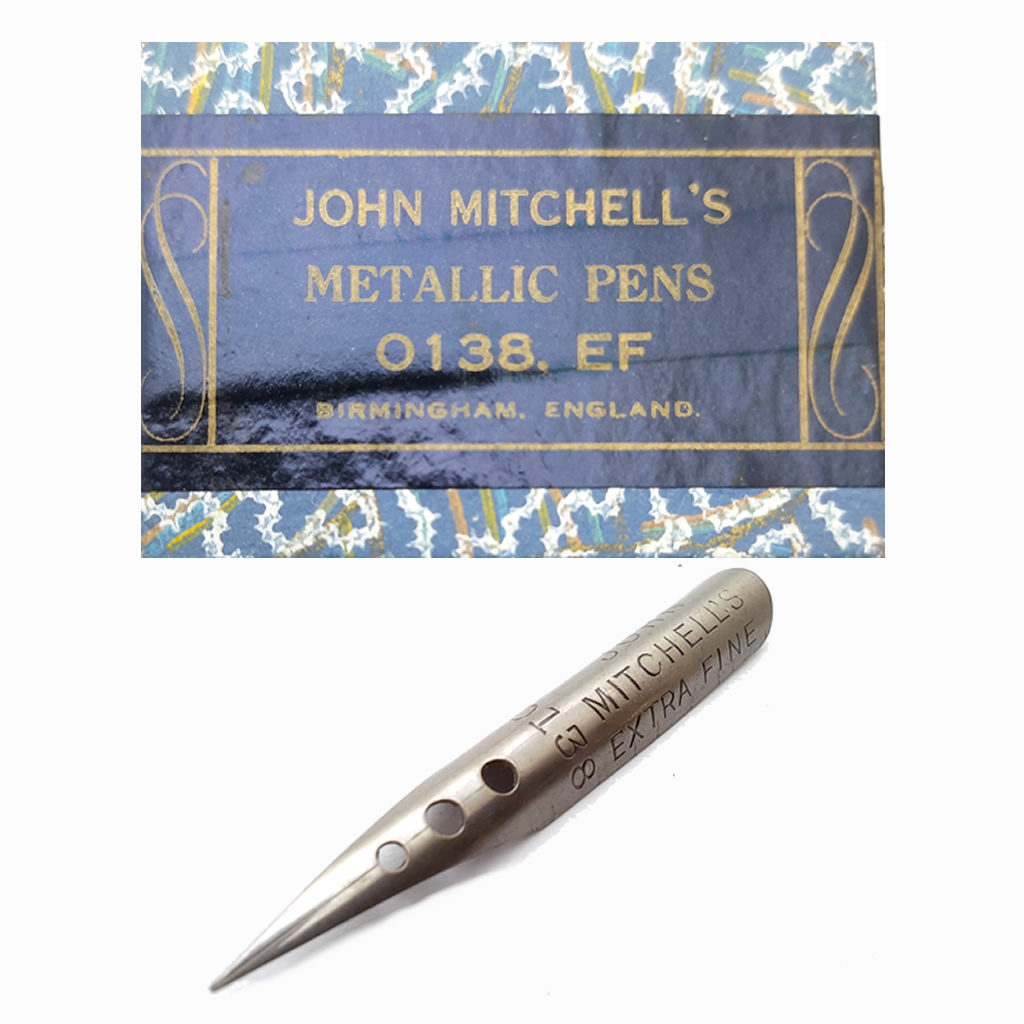
A few years later, in 1827, Petrache Poenaru, a Romanian engineer, inventor, and mathematician, devised a fountain pen with a quill to hold the ink.
Fountain pens ruled the world for over a century, even though they were messy and hard to use, left ink in hands and smudged the paper if not handled with dexterity.
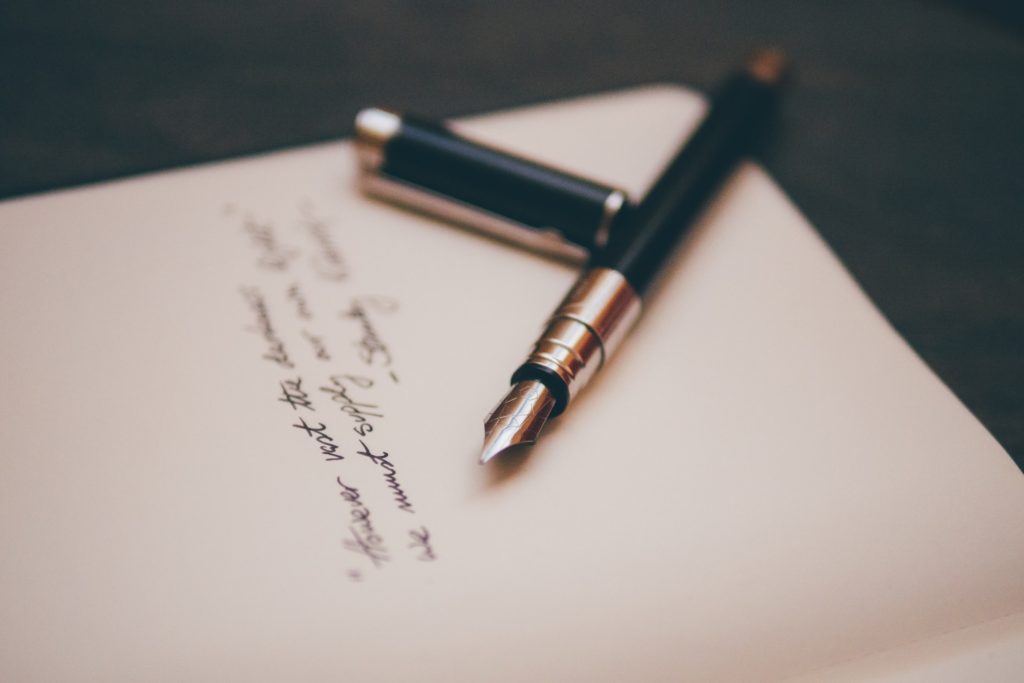
But in 1938, everything changed when Laszlo Biro, a Hungarian newspaper editor fed up with the fountain pens drawbacks, designed different types of pens, including one with a tiny ball in its tip.
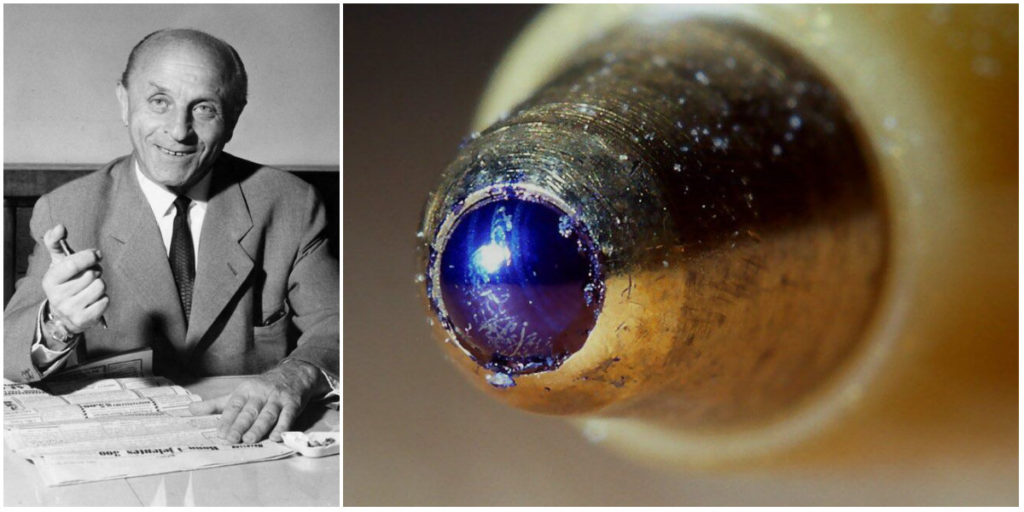
He filed a patent in England forthwith.
In 1940, he moved to Argentina with his brother George, fleeing the war and the Nazis, and founded “Biro Pens of Argentina” and by 1943, he’d already presented his invention to the public.

The new pen design was so useful that the Royal Air Force ordered 30,000 for their military operations.
Although the credit of the ballpoint pen is given to Biro, it was actually way older.
In 1888, John J. Loud got the first patent for a ballpoint pen. However, his tool was not good for paper as it was for leather and wood, hence his creation was unsuccessful and not marketable.
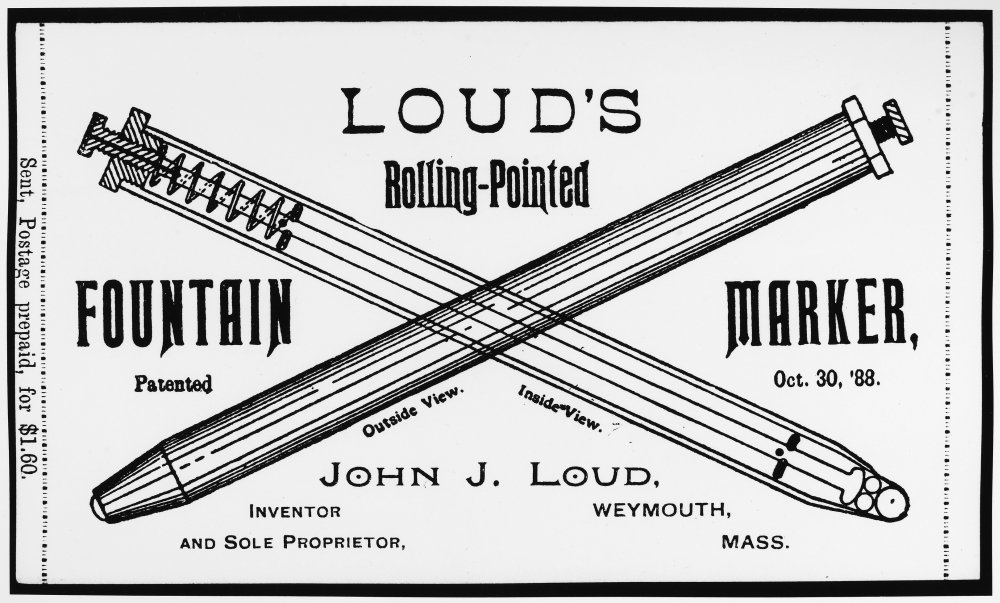
Going back to the 20th century, but this time in the United States, the Reynolds International Pen Company started selling a new ink pen, vowing to eliminate the headaches writers had with fountain pens.
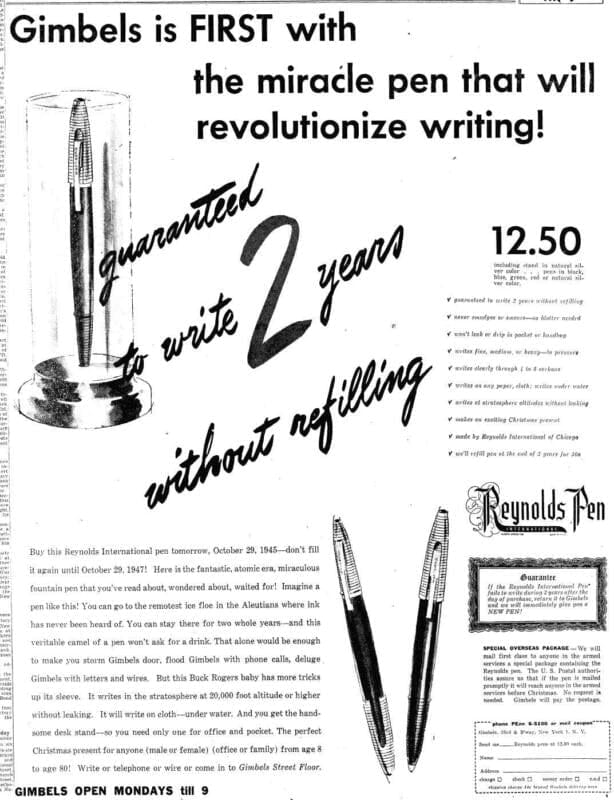
It was the same design as Biro’s (a ball in the nib, quick-drying fluid, no stains), but Reynolds didn’t know about it until the head of the US company was on business in South America.
But the issue with Reynolds’s pens was the cost – $12.50 in 1945 (£138 in today’s money).
The rise of plastics lowered costs and ballpoint pens ascended to their peak with the arrival of Bic.
Ballpoints were somewhat luxury items until December 1950, when Marcel Bich, an Italian-born French, designed something meant for everybody. He led the company that shaped the pen business.
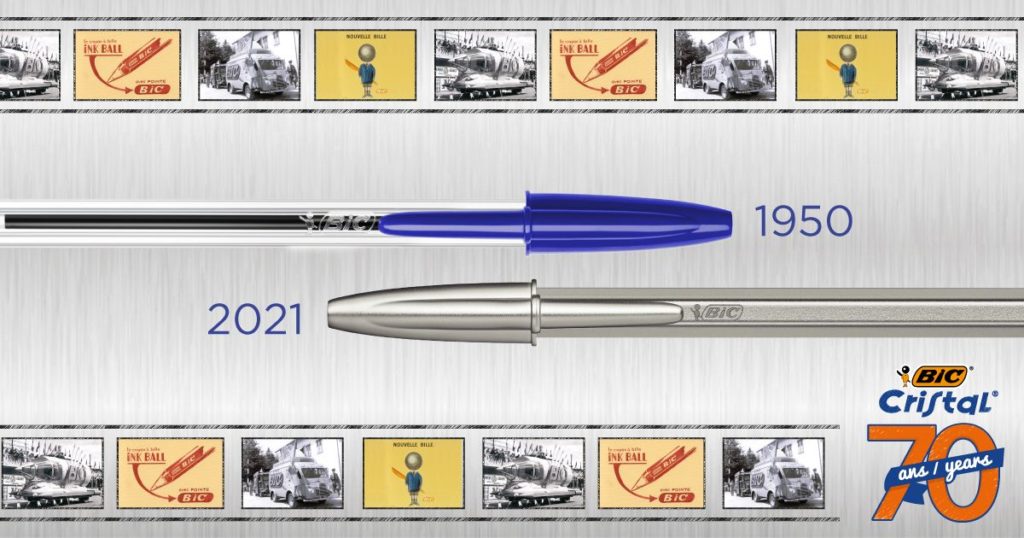
To achieve his goal, Bic changed production techniques and used plastics in the new Bic pens, making them inexpensive compared with competing products in the market.
The difference was astounding. The first ballpoints in the UK cost around 55 shillings, but a Bic only cost one shilling, and did the same as its expensive counterparts.
Other pen designs surfaced in the decades to follow, such as the felt-tipped pen, created by Yukio Horie, of the Tokyo Stationery Company in the 1960s, and the erasable ballpoint pen, introduced by Paper Mate in 1979.
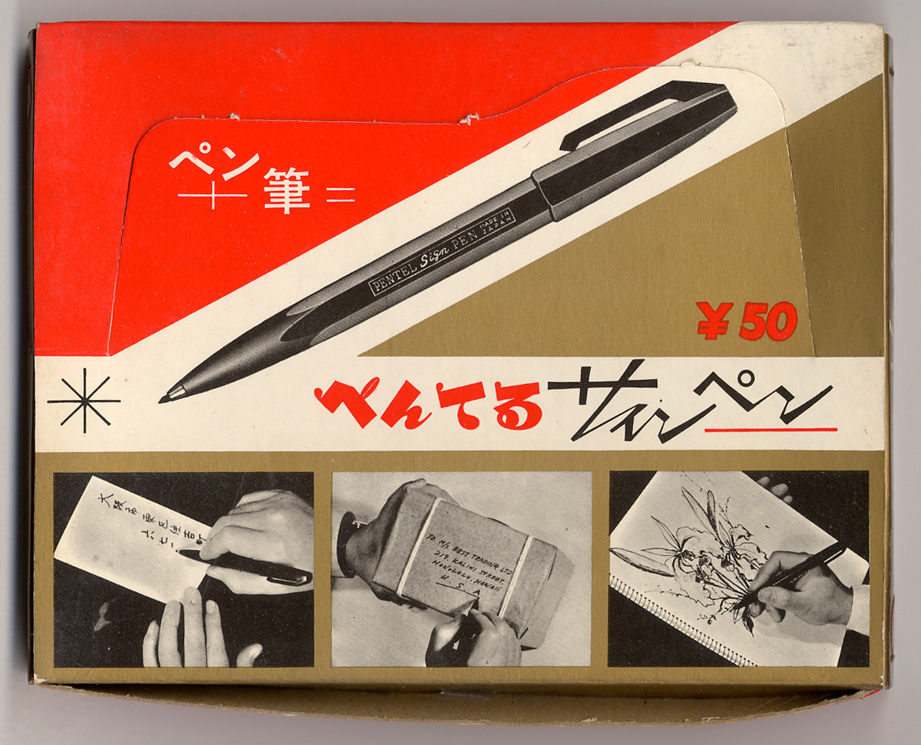
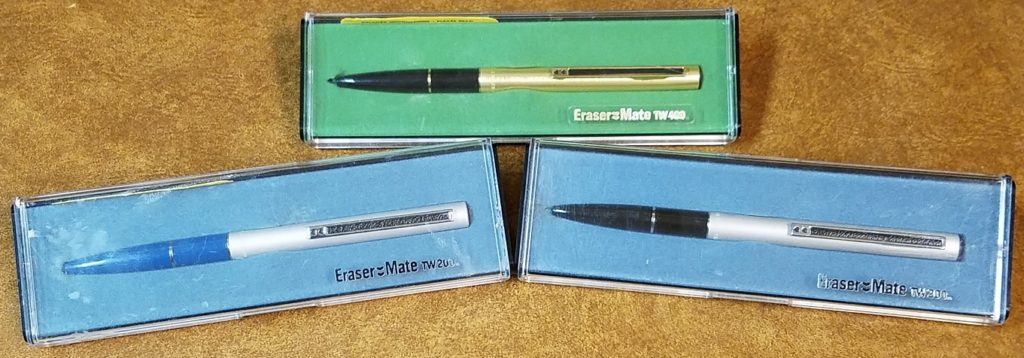
It is amazing to know how far we have come with our everyday items.
The history of common things is an interesting and varied one, whether they are as small as a pencil or as large as a skyscraper.
There is more to come. Stay tuned.


